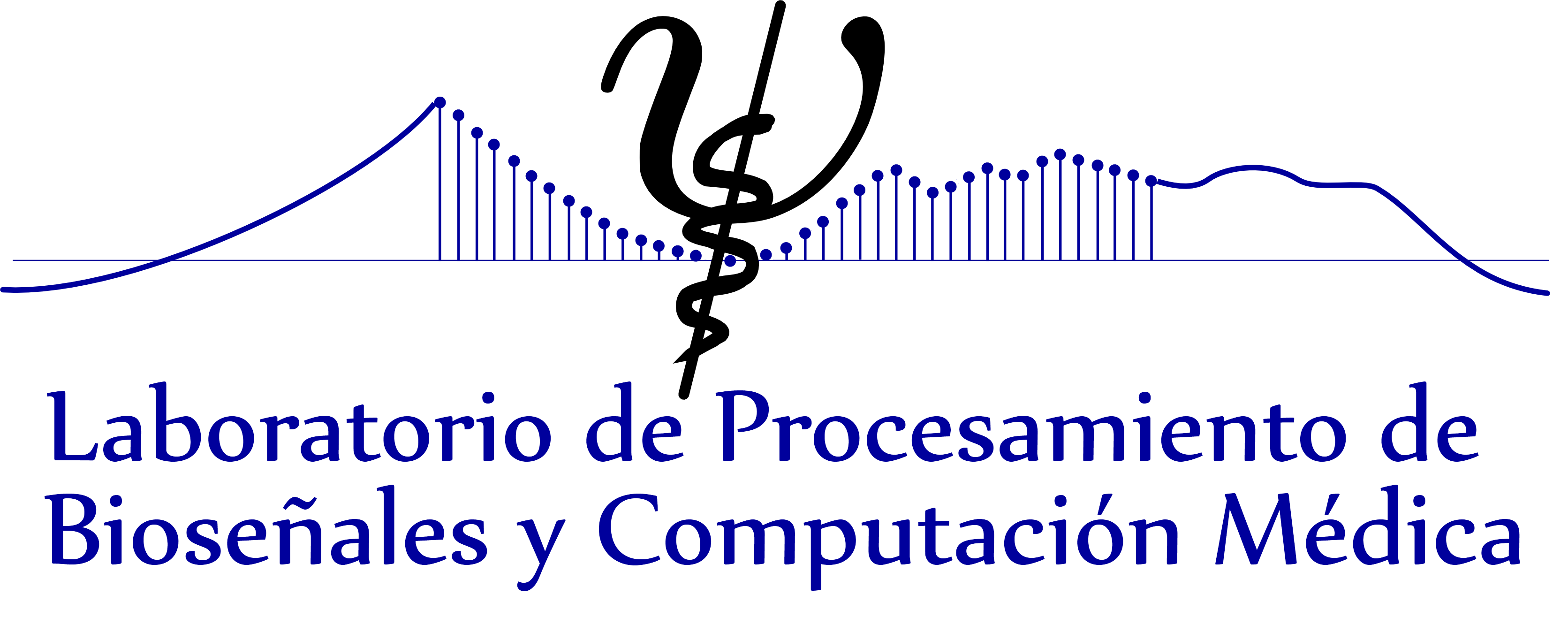Last modified June 01, 2021, at 07:04 PM by FOE.
2020 Frugal Technology-Assisted Neuro-rehab for Post-stroke Care in Rural Mexico
Frugal Technology-Assisted Neuro-rehab for Post-stroke Care in Rural Mexico
Stroke represents a major cause of disability world-wide (Viranis, 2020) requiring continuum of care for survivors (Norrving, 2013). In Mexico, exact prevalence and incidence figures are not available, but it can be estimated to affect over 200,000 new cases every year. Stroke imposes a handicap to those affected (Langhorne, 2011). Neurorehabilitation programs are aimed to reduce dependency of stroke survivors on third parties and afford them independent living. Neurorehabilitation programs implement strategies fostering after-injury plasticity and sheering the brain’s functional reorganization. The success of these programs is often constrained by our limited understanding of brain reorganization mechanisms and strategies after the insult as well as the sparsity of behavioural evaluations recorded during ward visits, these latter assumed as proxies of the neural changes. Neurorehabilitation programs are extremely costly (Norrving, 2013) and require highly specialized carers that aren’t always available in rural settings, in practice being almost unaffordable and unreachable to large portion of the Mexican population.
Electroencephalography (EEG) and functional near infrared spectroscopy (NIRS) are complementary neuroimaging modalities to interrogate brain activity and associated haemodynamics respectively. They are both portable, non-invasive and cheaper than MRI, MEG or PET. Combined multimodal operation is possible to understand neurovascular phenomena (Chiarelli, 2017) and has been used before to provide insights of neurophysiological processes occurring during (gait) neurorehabilitation after stroke (Berger, 2019). However, operation and interpretation of readings require skilled personnel. Smart EEG-NIRS stations can yield observations and interpretations for neurorehabilitation beyond current proxy behavioural scores, and at a cost which can be made affordable to first level hospitals to rural clinics.
This project intends to bring artificial intelligence (AI) to improve our interpretability of concurrent EEG-NIRS recordings in the recovering brain and reduce instrumental costs, hence, enhancing post-stroke monitoring and boosting accessibility to post-stroke care in the long-term. Fuzzy theory is an important tool to model soft problems. It is an appealing mathematical framework to facilitate interpretation of EEG-NIRS recordings for post-stroke monitoring with the advantage of being easily embeddable on-chip. We hypothesized that brain functional reorganization is one of such soft problems; several functional reorganization strategies will be occurring concurrently at different degree. Our goal is to explore the suitability of fuzzy theory to express concurrent brain reorganization patterns, which can translate in lowering the cost of embedded multimodal EEG-NIRS station. This pump priming is intended to fund initial proof of concept, in turn supporting subsequent funding application to make combined EEG-NIRS easily interpretable by local healthcarers and affordable for rural settings in middle income countries.
The following activities are planned:
- Generation of synthetic and semi-synthetic multi-modal datasets for model verification.
- Acquisition of pilot multimodal EEG-NIRS data from case studies of stroke patients in Mexico.
- A first approximation to the formalization of the computational problem.
- Providing empirical evidence of the ability of fuzzy theory to support multimodal neuroimaging interpretation in the context of post-stroke neurorehabilitation.
- Proof of concept incorporating fuzzy AI solutions in low cost embedded hardware (HW) systems
- Preparation of a joint grant application.
Funding
- 10,000.00 GBP' - University of Essex, Global Challenges Research Fund at Essex
Timeline
This project runs from Apr 2020 until Jul 2020.
People
- Essex (leading institution)
- INAOE
